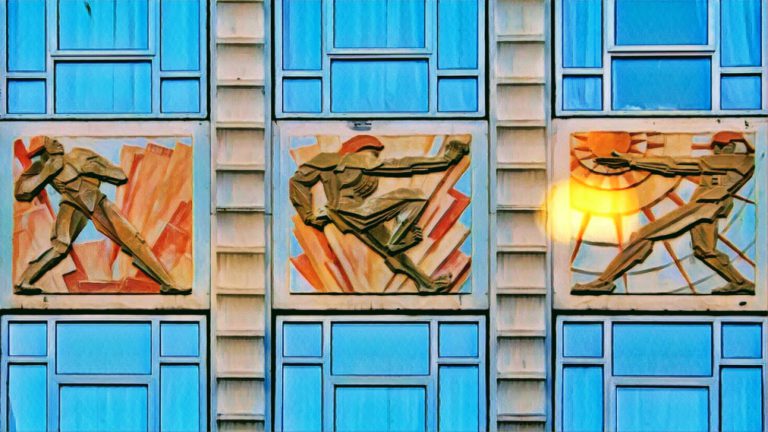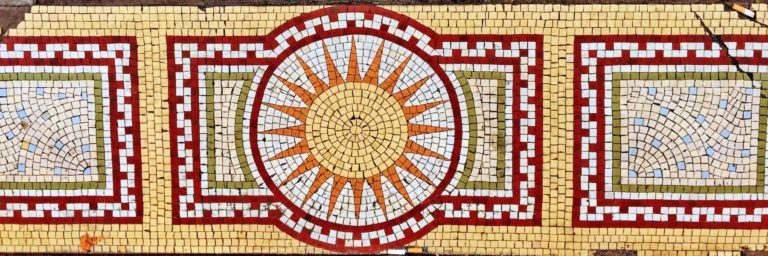About Newcastle Art
About Newcastle Art
Newcastle like many British cities has a lot of public art, more than you would think, this web site alone contains information on over a hundred different works. Some of this art is fairly straight forward, perhaps best described as monuments to the past. Monuments in the form of memorials to the fallen in past wars, statues of some of Newcastle’s founding fathers (Not mothers. Some of these memorials are surprisingly beautiful and or interesting, it’s all too easy to walk past them everyday and not see them. Perhaps less surprising are the sporting monuments, particularly those that celebrate past footballers and managers.
Art which does not commemorate past events or people is often more difficult to understand and a considerable amount of such art can be found on the streets of the city centre.
Most of the public art in Newcastle is unaccompanied by any explanation in the form of plaques or banners, even discovering the name of a particular work of art can involve long frustrating explorations on Google, if the art has no name and no plaque its quite difficult to look up. If there is nothing to help identify the art, and the art doesn’t “speak to you’’ as the artist hopes it might, then it’s difficult to avoid the feeling that someone, usually the tax payer, has been poorly served.
The public art listed on this website is categorised according to geographic location and tagged by type or theme art. So if you are on the Quayside, this site makes it easy to find art on the Quayside, if you see a mosaic then the site makes it easy to find other mosaics, art that represents underground rivers, or human faces. Hopefully people will be encourage to work out their own tours or walks along a particular theme that appeals to them. A full list of ‘tag’s or themes will be published shortly.
Some of Newcastle’s public art feels a little dated, belonging to another time and ethos. The South African war memorial with its inscription ‘Dulce et Decorum Est’ (1908) was in place long before the publication of the Wilfred Owen poem (1920) of the same name. Similarly the monument to the Royal Tank Regiment (1920) has a beautiful sculpture of St George wearing the kind of helmet we have come to associate with a German World War 2 soldier. In both these cases just knowing the dates of the art does a lot to dispel any possible misreading of them.
This is one in a series of web sites aimed at helping people understand and discover Newcastle. Newcastle Heritage and SeeNewcastle are the other sites
Let’s Chat
Featured Art

Newcastle and Gateshead Street Art
What is Street Art? Newcastle Street art, by its nature comes and goes. The Wikipedia definition of Street Art :- “Street art is a form of artwork that is displayed in public on surrounding buildings, on streets, trains, and on other publicly viewed surfaces. Many instances come in the form of guerrilla art, which is…

Burmantofts – Ceramic and Terracotta Tiles in Newcastle
No tags for this post.

Mosaics in Newcastle
No tags for this post.


